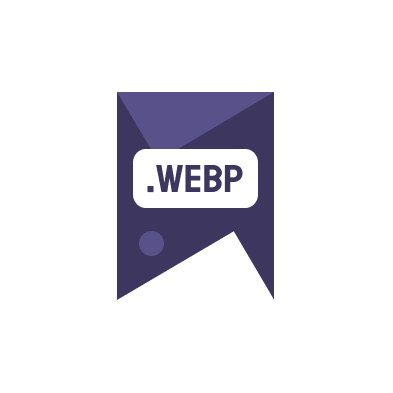In the ever-evolving world of web development, staying ahead with the latest technologies can significantly impact your site’s performance and user experience. Using WebP in blogs, particularly in platforms like Blogger and WordPress, has become increasingly popular due to its advantages in speed and efficiency. This guide explores the feasibility and benefits of implementing WebP images in your blog.
What is WebP?
WebP is a modern image format developed by Google that provides superior lossless and lossy compression for images on the web. Using WebP helps webmasters and web developers to create richer and more responsive websites by reducing the size of images significantly compared to traditional formats like JPEG and PNG.
Benefits of Using WebP in Blogs
- Improved Loading Times: WebP images are smaller in size, which can lead to faster page loading times, improving the overall user experience.
- Enhanced SEO: Speed is a crucial factor in SEO rankings. By enhancing your site’s load time, WebP can help in improving your blog’s visibility on search engines.
- Bandwidth Conservation: By reducing image file sizes, WebP reduces the amount of bandwidth used, which can be particularly beneficial for users in areas with limited data connectivity.
How to Implement WebP in Blogger and WordPress
Implementing WebP in Blogger or WordPress is straightforward. For WordPress users, numerous plugins are available which can automatically convert uploaded images to the WebP format. One such plugin is WebP Express, which handles everything from conversion to serving the right format based on browser compatibility.
Blogger users can manually convert their images using tools like ConverterWebP.com, a reliable resource for converting images to WebP format for free. After conversion, the images can simply be uploaded and used like any other image file.
Browser Compatibility
One of the hurdles in adopting WebP has been browser compatibility. However, as of 2021, all major browsers including Google Chrome, Safari, Firefox, and Edge support WebP images. This broader acceptance makes it an ideal choice for enhancing your blog’s performance across diverse user bases.
Should You Convert All Your Images to WebP?
While the benefits of WebP are clear, whether to convert all your images to this format can depend on several factors. Consider the following:
- Your audience’s browser preferences: If a significant portion of your audience uses browsers that do not support WebP, you might want to provide fallback options like JPEG or PNG.
- The nature of your blog: If your blog is heavily reliant on visuals, the superior quality and reduced sizes of WebP images can be a significant advantage.
Converting to WebP can seem like an additional step in managing your blog, but the long-term benefits in terms of loading time and SEO are substantial.
Conclusion
Embracing WebP in your Blogger or WordPress blog not only optimizes the visual elements but also contributes to an overall better performance and enhanced SEO. Whether you are using Google’s recommendations on WebP or other tools for Image to webp online free, integrating WebP into your blogging strategy is a worthwhile step to consider for any modern blogger looking to improve their site’s efficiency and appeal.

